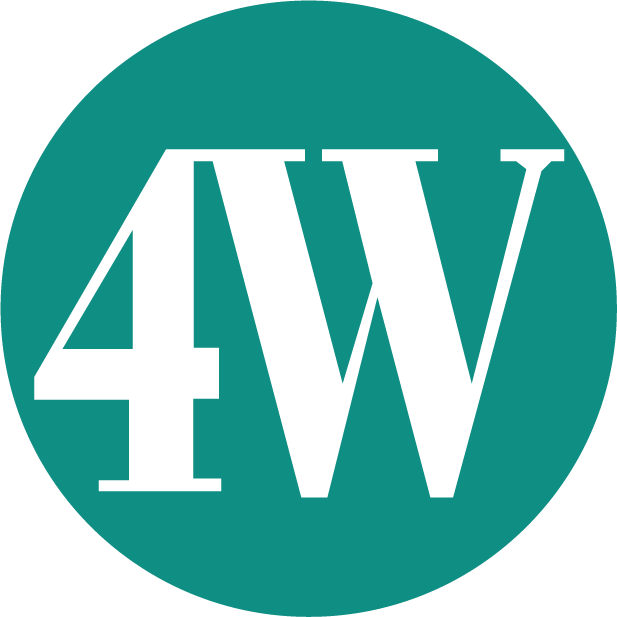How Inflation Affects Purchasing Power and Savings
Understanding Inflation
Inflation refers to the general increase in prices or the money supply, both of which can cause the purchasing power of a currency to decline. When inflation rises, each unit of currency buys fewer goods and services than before, reducing the value of money.
Impact on Purchasing Power
Purchasing power is the value of money thought of as how much it can buy. As inflation increases, the same amount of money buys less. For example, if the inflation rate is 5%, an item that costs $100 today will cost $105 next year. This erodes the real value of money, meaning consumers can afford fewer items with the same amount of money.
Impact on Savings
Inflation also affects savings by decreasing the real value of money saved over time. If the interest rate on a savings account is lower than the inflation rate, the money in the account loses value. Suppose you have $100 in a savings account that pays a 1% interest rate. After a year, you will have $101 in your account. But if the inflation rate is running at 2%, you would need $102 to have the same buying power that you started with. You've gained a dollar but lost buying power. Any time your savings don’t grow at the same rate as inflation, you will lose money.
How to Protect Against Inflation
1. Invest in Assets That Appreciate
Stocks: Historically, the stock market has outpaced inflation. Investing in a diversified portfolio of stocks can help grow your wealth faster than inflation erodes it.
Real Estate: Property values tend to increase over time, often at a rate that exceeds inflation. Real estate investments can provide both income (through rent) and capital appreciation.
Commodities: Investing in commodities like gold, silver, and oil can hedge against inflation as their prices often rise when inflation increases.
2. Increase Savings Rate
Regularly increasing the amount you save can help counteract the effects of inflation. Consider setting up automatic contributions to your savings and investment accounts to ensure consistent growth.
3. Diversify Investments
Diversification across various asset classes can reduce risk and improve the potential for returns that outpace inflation. A mix of stocks, bonds, real estate, and commodities can provide a balanced approach to protecting against inflation.
4. Invest in High-Yield Savings Accounts and CDs
Look for high-yield savings accounts and certificates of deposit (CDs) that offer interest rates higher than the inflation rate. Online banks often provide better rates than traditional brick-and-mortar banks.

